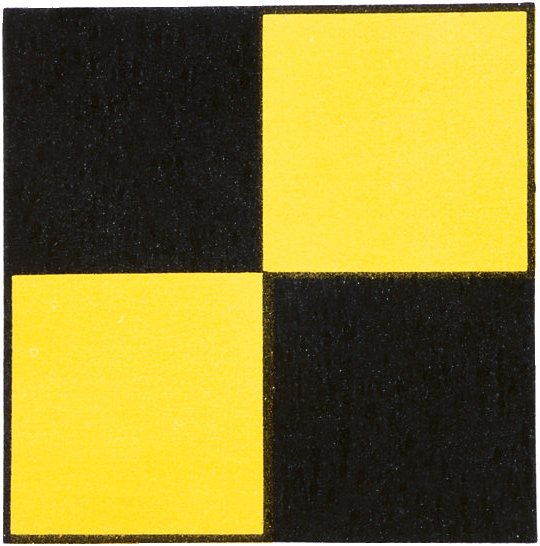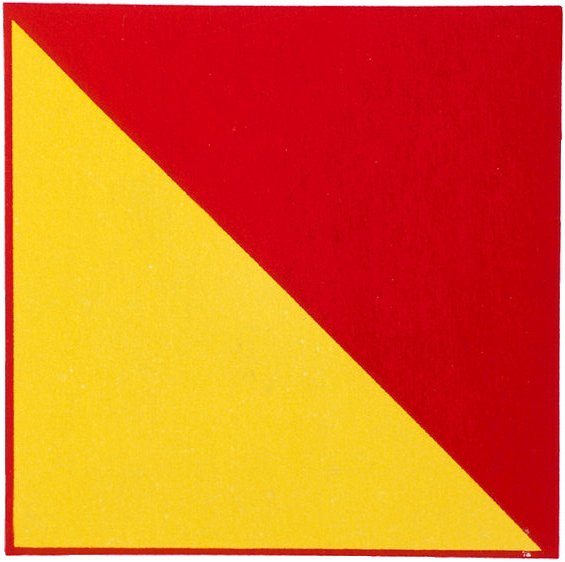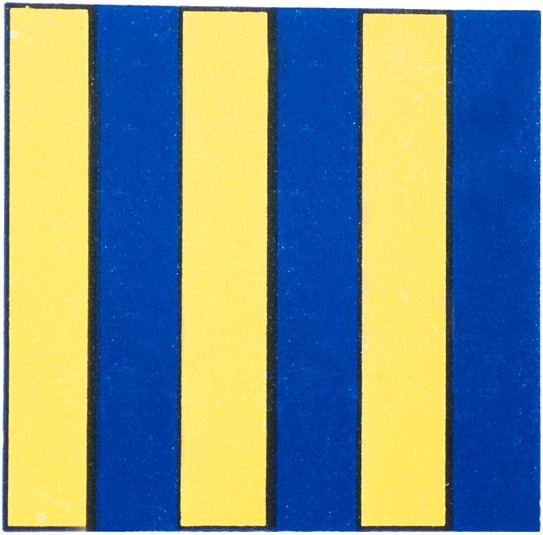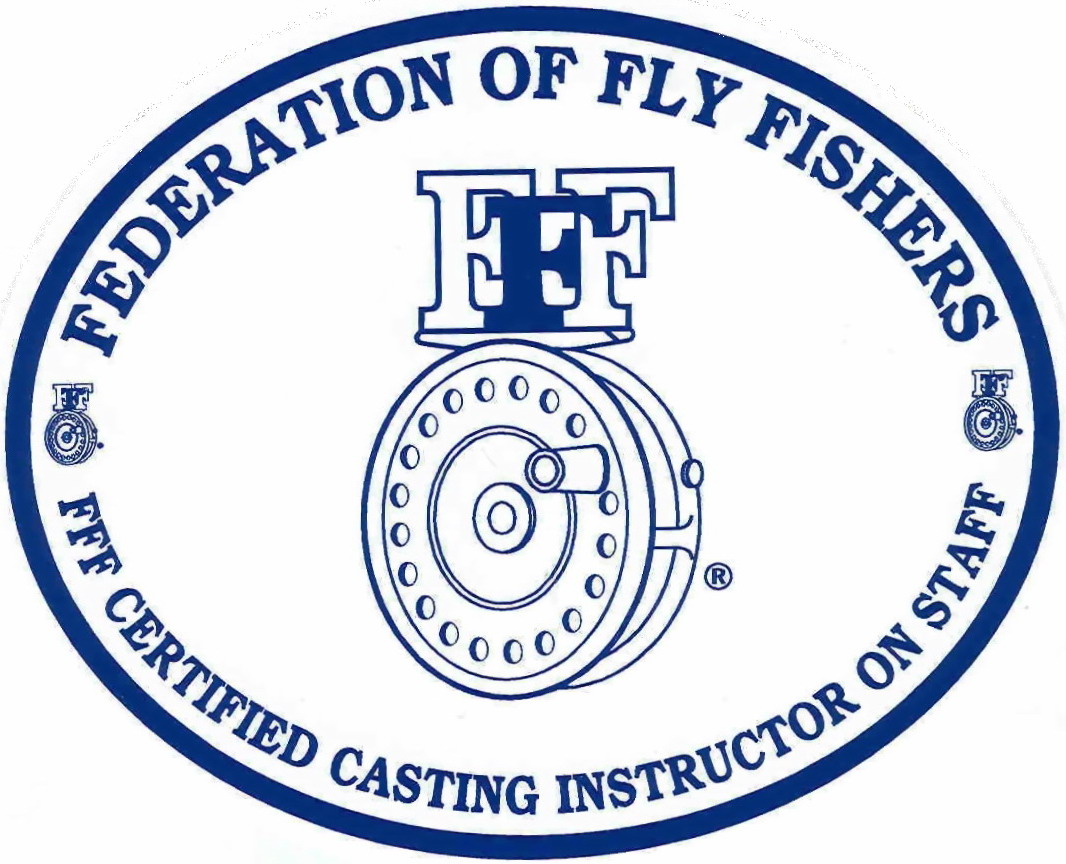Shooting Heads Paired with Short Flyrods... whattayamean you're not using Shooting Heads!
by Captain Jim Barr on 03/23/17
I'd
be willlng to bet that 95% of New England saltwater fly anglers use the
standard 9 foot fly rod paired with a variety of weight forward
floating, intermediate and sinking head fly lines as they fish for our
customary species of stripers, blues, bonito and false albacore. How
boring!
Perhaps as many as half of those anglers fish from a
standup-type of boat, which for this article excludes various paddle
craft. (Don't get me wrong, I like fishing from my kayak and canoe
but from the standpoint of this article- for the most part they are not
applicable to the case I'm about to make for a change in approach.)
I'm talking about a boat anywhere from 12 feet and longer- where the
angler has the luxury of standing as they cast. Many of those mid to
larger watercraft have lots of "things" that can get in the way of
effectively using the conventional 9 foot fly rod with a standard fly
line that typically requires a minimum of 35 feet of fly line outside
the tip top (not including leader and tippet) to properly load the rod.
So we have a boat with a center console, t-top, antenna's, rod holders,
engine, other anglers... and then we combine all that stuff that gets in
the way of an arcing fly rod- with anywhere between 35 and 50 feet of
fly line and leader, with wind of varying speeds and direction plus a
rolling and pitching boat. It's no wonder most anglers would rather fish
with a zip gun (spinning rod) than tempt fate with a fly rod. ![]()

![]()
Ok, so let's change up the fly casting
model and use a different setup. Let's cast with one of the several
short fly rods that have been developed over the last few years. The
rods that readily come to mind are the Sage Bass II Largemouth (7'11" in
330 grain), the TFO Hawgleg, that was made exclusively for Bass Pro
Shops/ White River Fly Shop (7'11" in 7/8 weight), and the Loomis Pro 4x
SHORTSTIX (7'6" in 8/9 weight). The Sage and Loomis rods are four-piece
models, and the Hawgleg is a two-piece rod. The Sage retails for about
$550, the Loomis for $400 and the TFO Hawgleg is the bargain rod at
about $150.
Now let's pair the shorter fly rod with a shooting
head fly line system. This is in lieu of the standard weight forward
floating and varying sink rate fly lines plus dacron backing that you
would have spooled onto separate reel spools that would snap into your
fly reel frame. This is the approach that Spey anglers use when fly
fishing for salmon and steelhead. Instead of having multiple spools with
different lines, the angler has one reel spooled with fly line backing
which is then attached to a length of running or "shooting" line. RIO Product's Powerflex Max Shooting Line
is 100 feet long and is the same thickness it's entire length. The line
floats and has welded loops on both ends. It has an extremely tough
outer coating, over a medium stiff core that shoots with ease.
The
angler carries a zippered wallet that stores a variety of coiled
Shooting Heads. These are anywhere between 24 and 30 feet long, also
with welded loops on both ends. The RIO Outbound Short Shooting Heads
are 30 feet long and come in Floating, Intermediate sinking (1.5 inches
per second), and faster sink rates of 3-4 ips and 6-7ips. The angler
then connects the Head of choice using a loop to loop system. ![]()

![]()
Unlike the standard weight forward fly
lines that most anglers typically use that require a full 35 feet of fly
line to be outside the tip top to properly load the rod, the Shooting
Head system only requires the caster to have about 25 feet of fly line
outside the tip top in order to load the rod. Also, unlike using the
conventional weight forward fly line that requires the angler to utilize
several false casts (at a minimum) to load the rod and to attain the
necessary line speed to shoot the line to the target, the Shooting Head
system minimizes the false casting to one backcast before the angler can
easily shoot the line. This is because the shooting heads have more
mass and are heavier than the first 35 feet of the standard weight
forward fly line. This additional weight does a vastly more efficient
job in pulling the reserve shooting line from the deck or stripping
basket through the guide set on the fly rod. The result: Further casting
distance, less work from reduced false casting and line pickup, and the
ability to cast more quickly, while simultaneously taking up less
backcast space to make the cast.
These changes in fly line
dynamics combined with a shorter, faster loading fly rod results in a
more efficient casting stroke that takes up a lot less space than the
conventional combination, yet still provides good control and lifting power when playing strong and fast saltwater fish.





